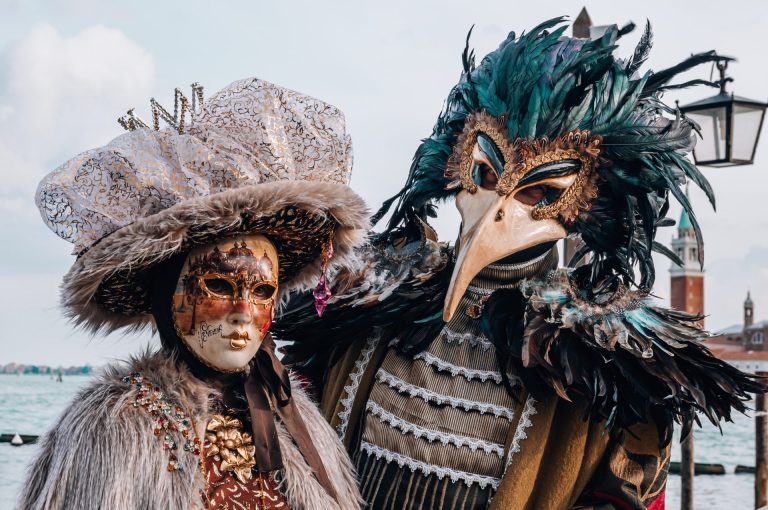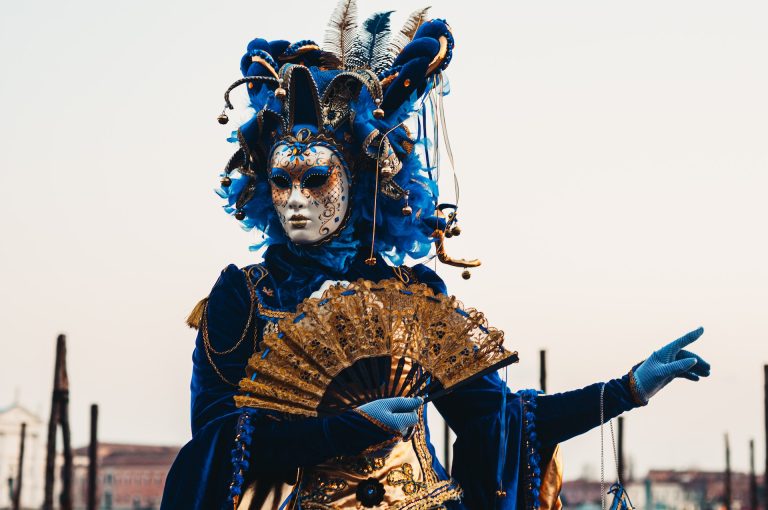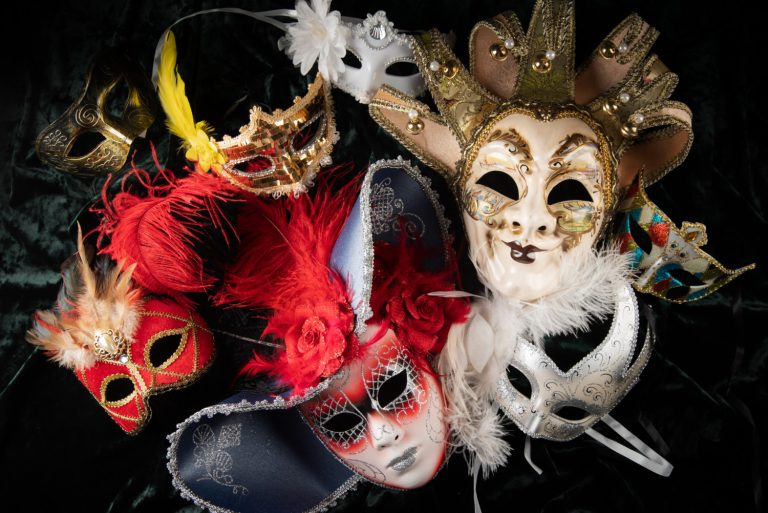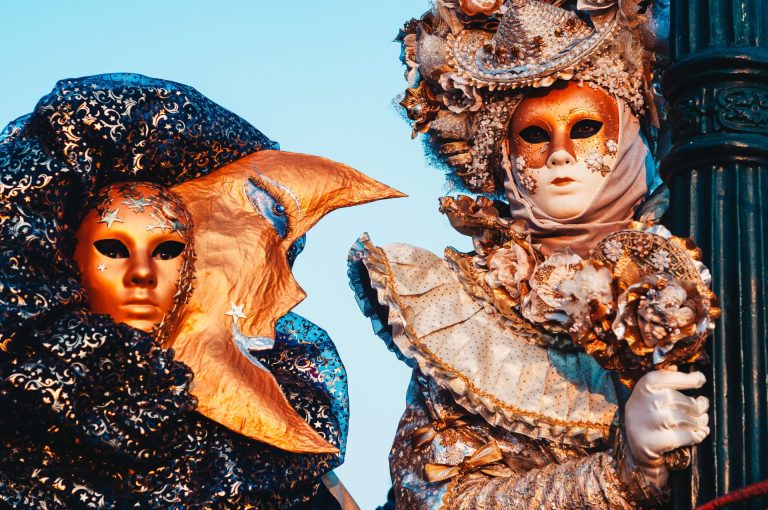The Carnival of Venice
The Carnival of Venice, known locally as “Carnevale di Venezia,” is a remarkable celebration deeply rooted in the history and culture of Venice, Italy. This grand event has received worldwide attention for its enchanting, masked balls, elaborate costumes, and a sense of mystery that surrounds it. In this article, we will look at a journey through the amazing Carnival of Venice, exploring its history, traditions, and modern-day celebrations.

The History of The Carnival of Venice
The Carnival of Venice is an annual festival that typically takes place in the weeks leading up to Lent. It’s a time of joyful celebration, when the city of Venice transforms into a fascinating dreamscape, drawing visitors from around the globe. The roots of this carnival date back to the 11th century. It was originally a time when Venetians from all walks of life gathered to enjoy the merriments of life before the solemn period of Lent began. Over time, it evolved into a grand spectacle that attracted nobility and commoners alike.
One of the most iconic aspects of the Carnival of Venice is the lavish costumes. Participants don stunning attire that transports onlookers to a bygone era, where luxury and elegance reign supreme. The costumes are often characterized by rich fabrics, intricate embroidery, and lavish accessories. Masks are an integral part of the Venetian carnival tradition. They serve as a symbol of anonymity, allowing people to momentarily shed their identities and become someone else. These masks are beautifully crafted and come in various styles, from the classic white “Bauta” to the playful “Arlecchino.”

The Carnival of Venice through the Ages
The Carnival’s origins can be traced back to the 11th century, but it gained prominence during the Renaissance. At its peak, it was a time of extravagant parties, music, and theatrical performances.
During the Renaissance, the Carnival of Venice reached its zenith. The city’s squares and canals became stages for performances, parades, and masquerade balls. It was a time when Venice truly showcased its artistic and cultural brilliance.
The Carnival experienced a revival in the late 20th century, recapturing its former glory. Today, it’s an internationally acclaimed event, attracting travelers from all over the world.

Tips for Experiencing the Carnival
If you plan to attend the Carnival of Venice, it’s essential to make arrangements well in advance. Accommodations tend to fill up quickly, and it’s wise to have your costume and mask ready.
While at the Carnival, remember to be respectful of the local traditions and customs. It’s also advisable to follow any rules or guidelines set by event organizers to ensure a smooth and enjoyable experience for everyone.

The Carnival of Venice, Today
Today, the Carnival of Venice continues to enchant visitors with its traditional and modern celebrations. You’ll find street performances, music, and a vibrant atmosphere that keeps the spirit of the Carnival alive. Despite its modern facelift, the Carnival of Venice remains deeply rooted in its historical traditions. Venetians take pride in preserving this iconic celebration and passing it down to future generations. As the world changes, so do the challenges faced by the Carnival of Venice. Conservation of the city’s unique heritage and dealing with increasing tourist numbers are among the current challenges. However, there are also opportunities to adapt and evolve while retaining the essence of the Carnival.

Conclusion
The Carnival of Venice stands as a testament to the rich history and cultural heritage of Venice. Its enchanting allure, characterized by intricate masks, splendid costumes, and unforgettable traditions, continues to captivate the hearts of people worldwide. While facing modern challenges, the Carnival persists as a symbol of timelessness and mystique.
